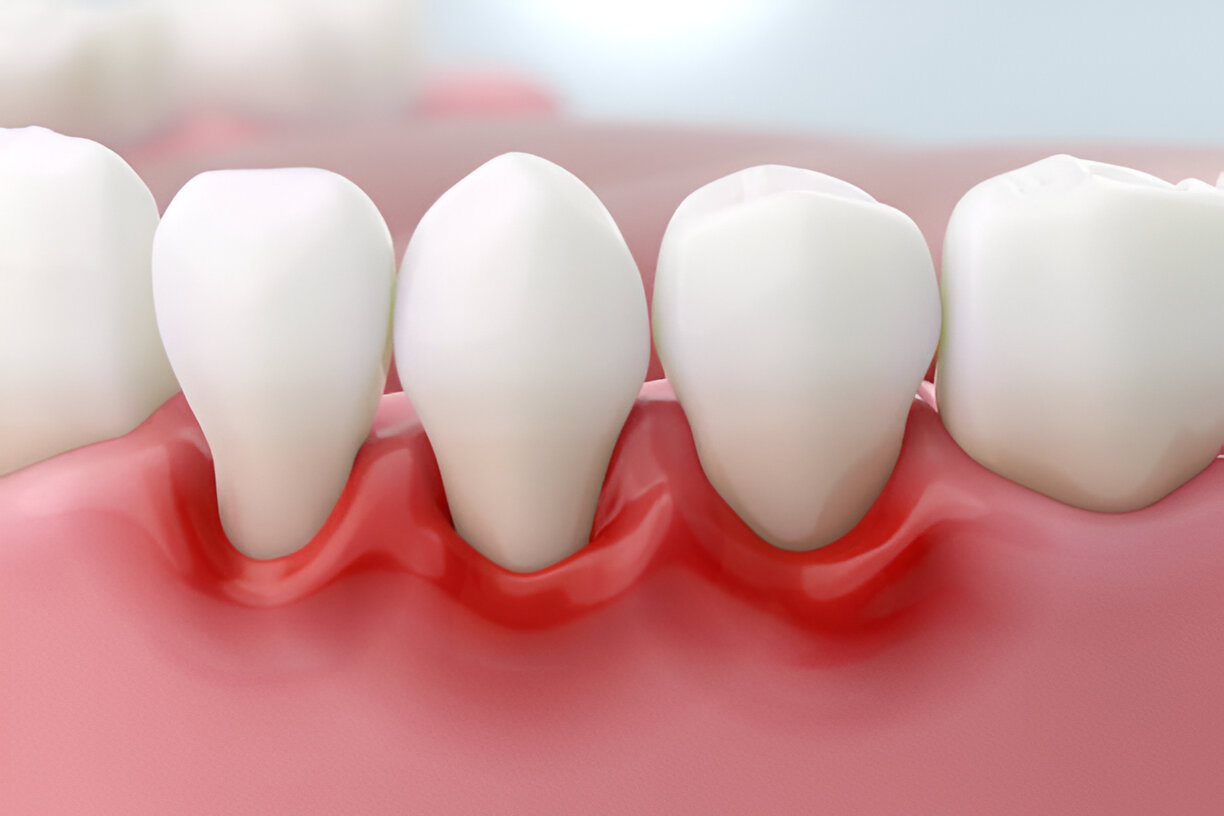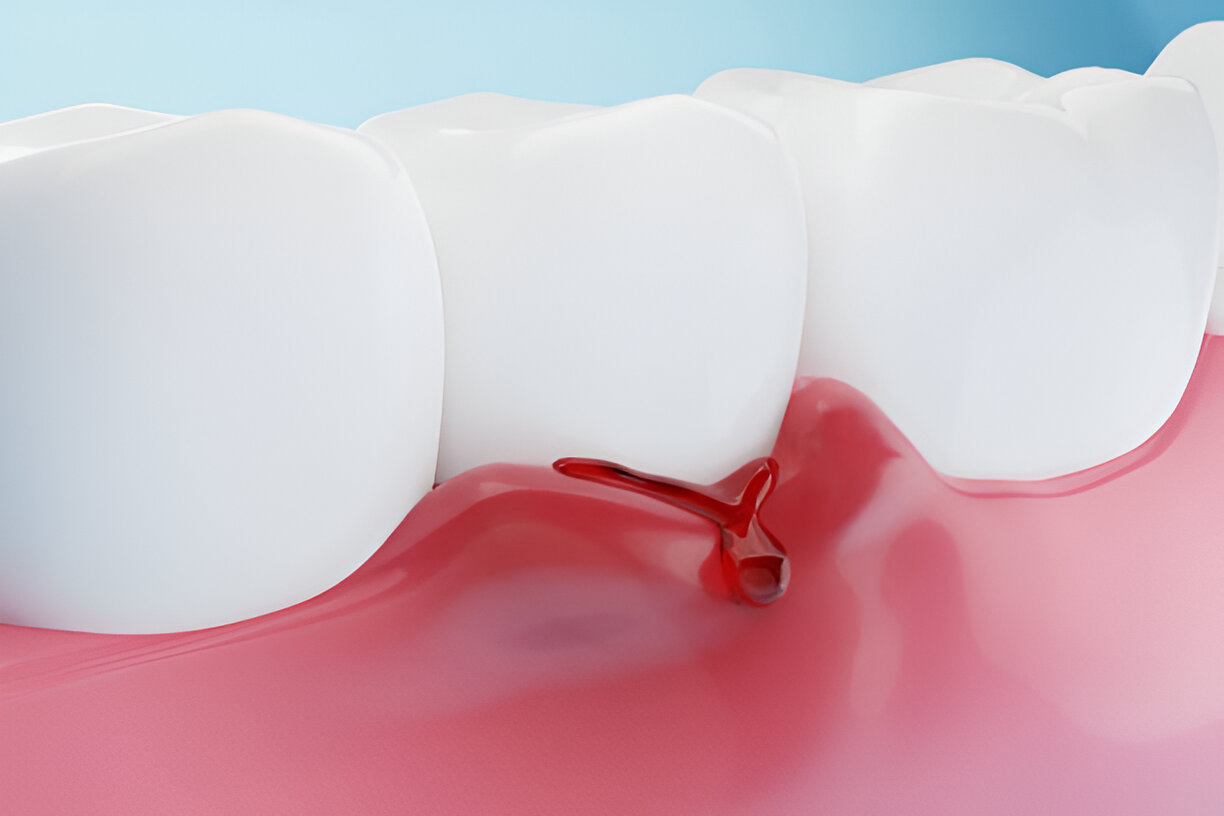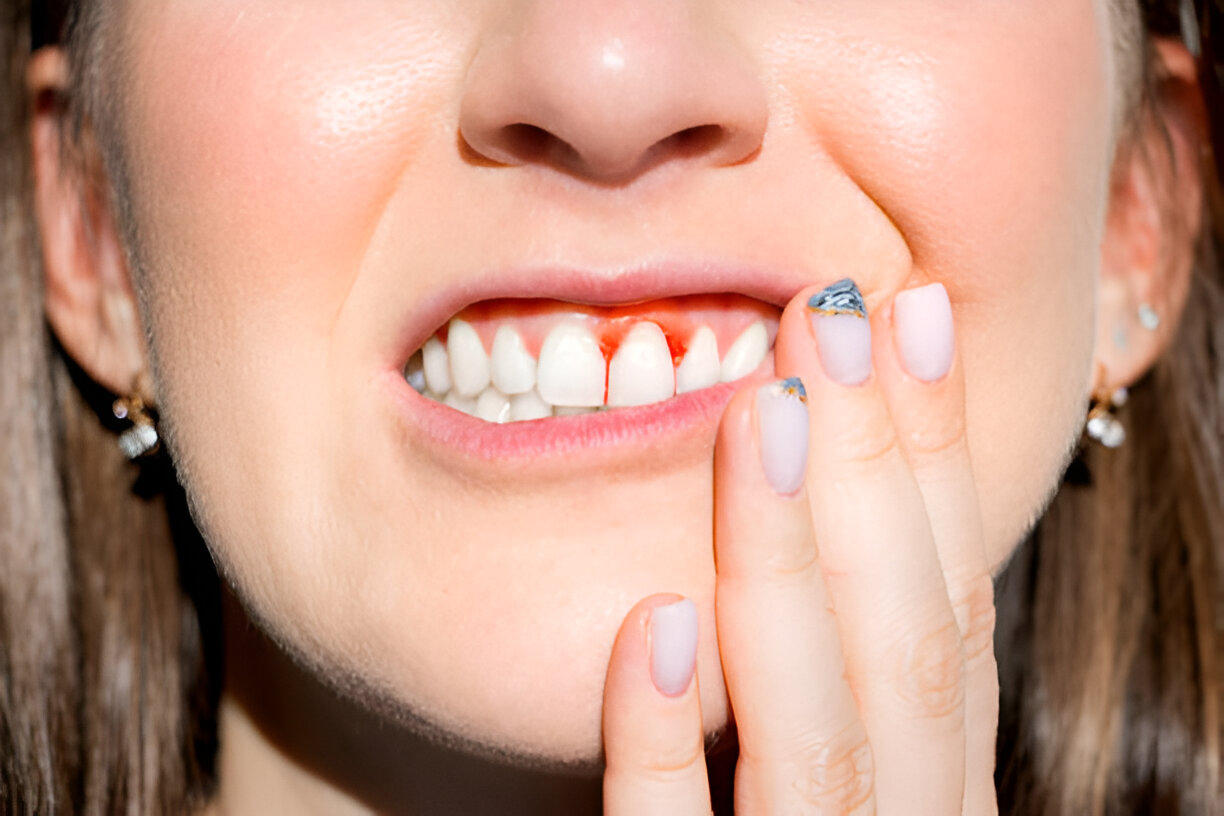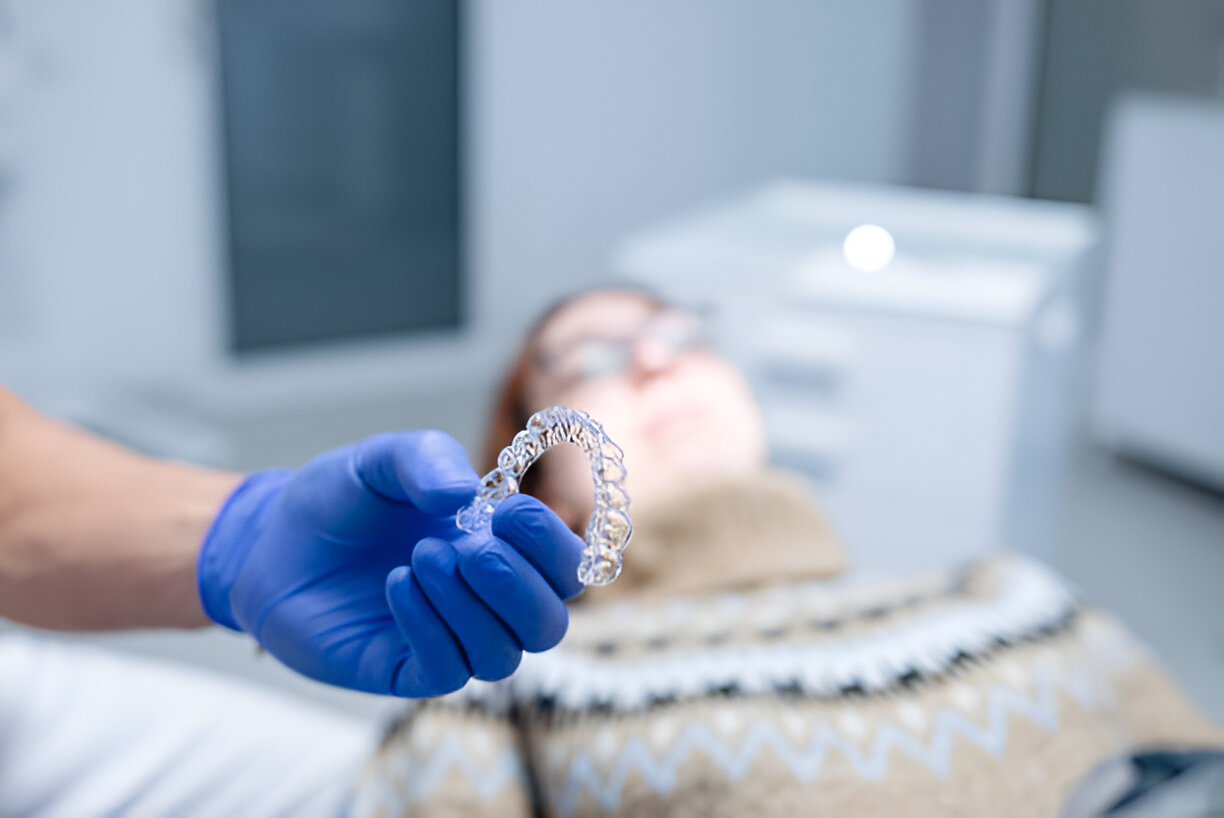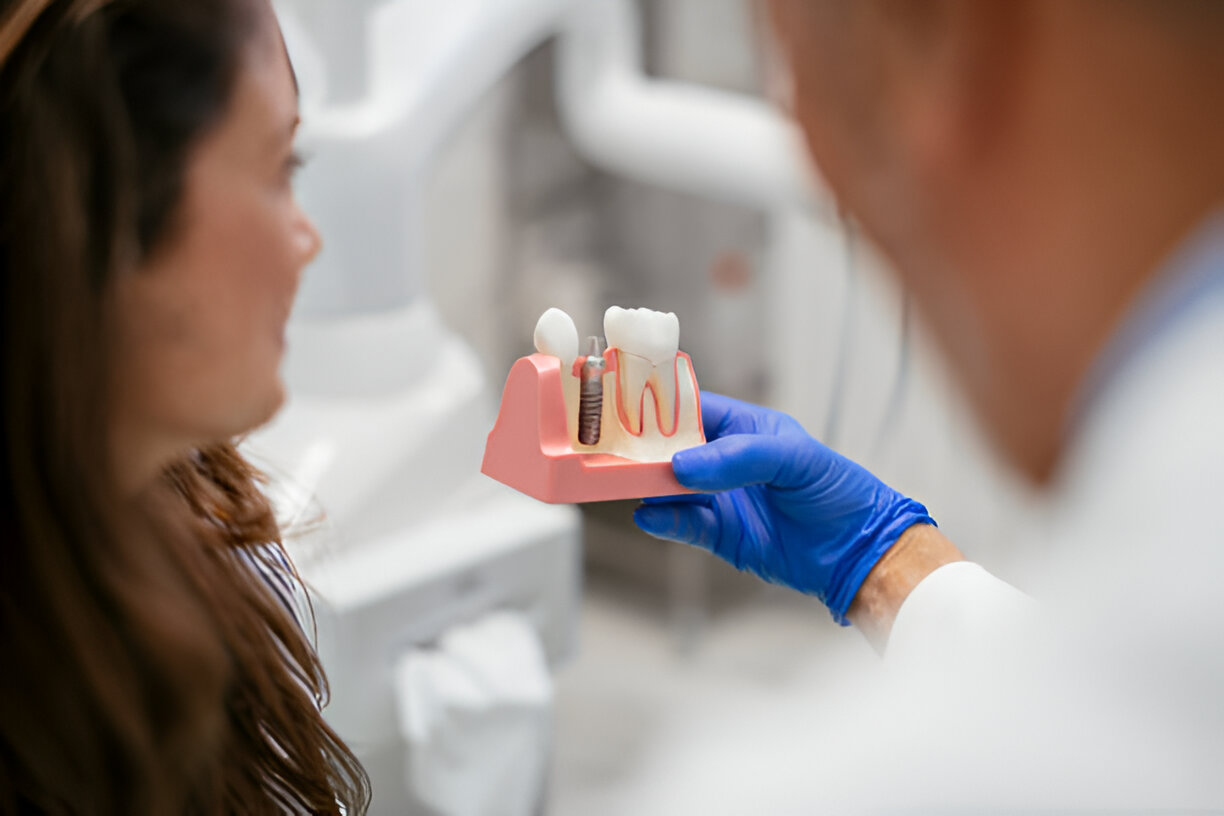Summary
Searching for the best “teeth whitening dentists near me”? Sundance Dental in Bloomfield is a trusted choice for expert care. Our dentists use safe, professional-grade solutions to enhance your smile. With personalized treatments and proven results, we help you achieve lasting brilliance. Bloomfield residents count on Sundance Dental for effective teeth whitening that fits their unique needs, providing confidence and radiant smiles that truly stand out.
A dazzling smile can boost confidence and leave lasting impressions. For residents searching for “teeth whitening dentists near me” or exploring options for “teeth whitening in Bloomfield,” Sundance Dental is the name that shines the brightest. As the trusted dentist in Bloomfield, we provide advanced whitening treatments tailored to every smile. But what makes Sundance Dental the go-to destination for dental excellence?

Why Teeth Whitening Matters
Teeth whitening is more than cosmetic; it’s transformative. Over time, food, drinks, and lifestyle choices dull your smile, causing discoloration. Whitening treatments restore brilliance, offering benefits like:
- Boosted Confidence: Bright teeth make you feel your best in social and professional settings.
- Enhanced Aesthetics: A whiter smile aligns with modern beauty standards.
- Motivation for Better Oral Hygiene: Post-treatment care encourages long-term health.
Fun Fact
Teeth may look smooth and glossy to the naked eye, but they contain countless microscopic pores, much like the skin’s texture. During whitening treatments, these pores open up, enabling the whitening agents to penetrate and lift stains from the teeth’s surface.
Choosing Teeth Whitening in Bloomfield
In Bloomfield, the demand for effective whitening solutions is rising. Here’s why Sundance Dental stands out:
1. Expertise You Can Trust
Our seasoned dentists in Bloomfield bring years of experience, ensuring safe and effective whitening. From assessing the underlying causes of stains to selecting the ideal treatment, you’re in skilled hands.
2. Advanced Techniques
We utilize cutting-edge methods such as:
- In-office Whitening: Fast, dramatic results using professional-grade solutions.
- Take-home Kits: Custom-fitted trays for gradual whitening at your convenience.
These techniques are proven to tackle stains caused by coffee, tea, wine, and aging, offering lasting results.
3. Personalized Care
Every smile is unique. At Sundance Dental, we tailor treatments to meet individual needs. This customized approach ensures optimal outcomes without compromising comfort.
How to Find the Best Teeth Whitening Dentists Near Me
Finding a reliable dentist can be daunting. Here are tips to simplify your search:
- Check Credentials: Verify certifications and expertise
- Read Reviews: Positive testimonials highlight satisfaction
- Consultations Matter: Preliminary visit to understand the dentist’s approach and technology
Sundance Dental ticks all these boxes for Bloomfield residents, providing unmatched care.
What Sets Sundance Dental Apart?
1. Comprehensive Services
Beyond whitening, our services include routine checkups, restorative treatments, and cosmetic procedures. A one-stop solution ensures holistic care for your smile.
2. State-of-the-Art Facility
Equipped with modern technology, Sundance Dental ensures efficient and comfortable experiences.
3. Patient-Centric Approach
We prioritize patient education, explaining every step of the process. This transparency fosters trust and confidence.
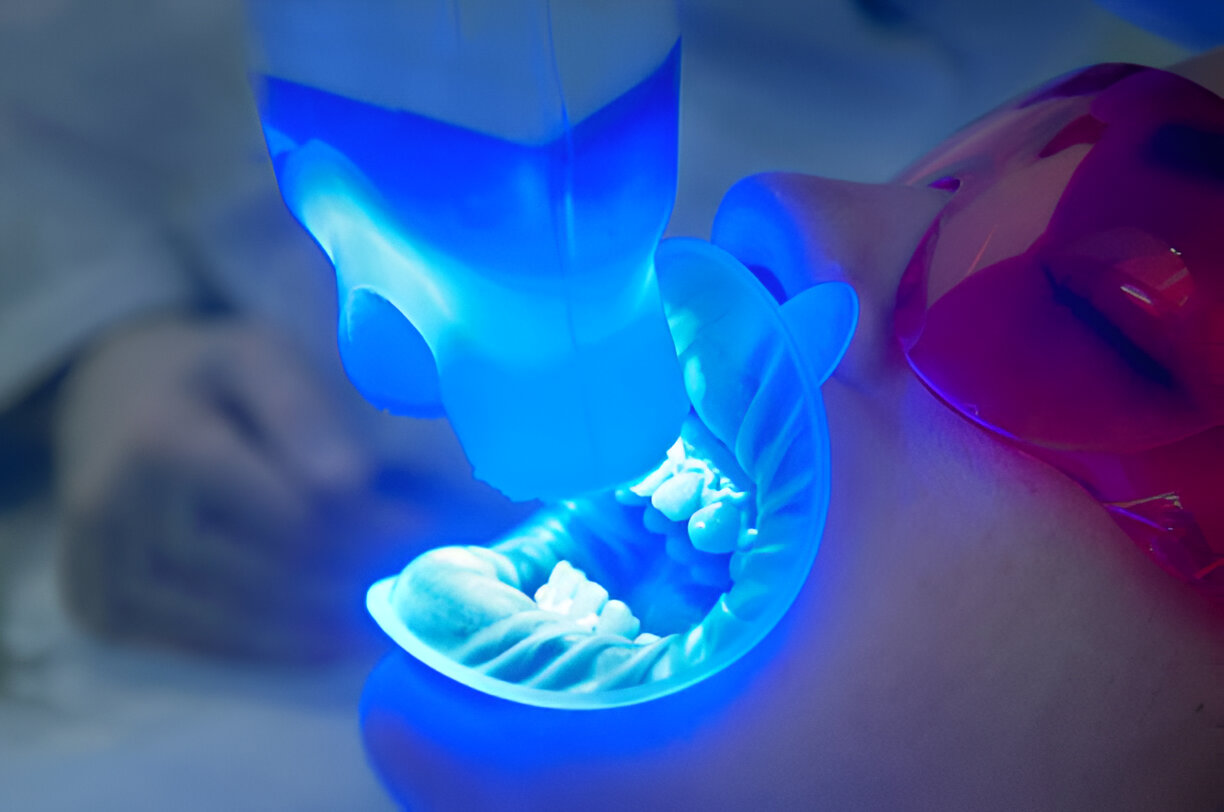
The Science Behind Teeth Whitening
Teeth whitening treatments primarily use hydrogen or carbamide peroxide to break down stains into smaller particles. This process, called oxidation, safely lifts discoloration without harming the enamel. Our in-office treatments maximize this process for instant results, while take-home kits allow gradual yet effective improvements.
Preparing for Your Whitening Session
Maximize your results by taking simple steps to prepare for your teeth whitening appointment. Being duly prepared ensures that the whitening agents work effectively and that your experience is comfortable and successful.
- Brush and Floss: Proper oral hygiene is crucial before a whitening session. Clean teeth allow the whitening agent to penetrate evenly, yielding consistent results.
- Avoid Staining Foods: Stay away from foods and beverages like coffee, tea, red wine, and dark berries for at least 24 hours before your appointment. These can leave a residue that may affect the whitening process.
- Communicate Concerns: Inform your dentist about any dental sensitivities or medical history. Sharing these details helps your dentist in Bloomfield tailor the treatment for your comfort and safety.
By following these preparation tips, you can enhance your whitening experience and achieve a brighter, more radiant smile that lasts.
Aftercare Tips for Long-Lasting Results
Want to maintain your newly brightened smile? Post-whitening care is a must-do!
Simple habits as follows, can keep your teeth looking radiant for longer:
- Maintain Oral Hygiene: Brush twice daily with a soft-bristled toothbrush and fluoride toothpaste. Don’t forget to floss daily to remove plaque buildup between teeth.
- Avoid Stain-Causing Foods: Minimize or eliminate foods and drinks like coffee, soda, dark sauces, and wine. When indulging, use a straw to reduce contact with your teeth.
- Use Whitening Toothpaste: To maintain the effects of your treatment, opt for a dentist-recommended whitening toothpaste. These products effectively remove surface stains.
- Regular Checkups: Schedule follow-up visits with your dentist in Bloomfield to monitor your oral health and maintain the results of your whitening treatment. Professional cleanings can further enhance your smile’s longevity.
Consistency in aftercare will preserve the brilliance of your teeth and let you enjoy your dazzling smile for longer.
Addressing Post-Whitening Sensitivity
Teeth whitening is safe, but some patients may experience mild sensitivity afterward. Here are a few ways to manage discomfort and protect your teeth:
- Desensitizing Toothpaste: Use toothpaste specifically formulated to reduce sensitivity. Apply it regularly before and after your whitening session for the best results.
- Avoid Extreme Temperatures: Avoid overly hot or cold foods and beverages. Room-temperature items are more comfortable and less likely to irritate sensitive teeth.
- Follow Your Dentist’s Guidance: Your dentist in Bloomfield will provide post-treatment care instructions tailored to your needs. Adhering to these recommendations is vital for a smooth recovery.
Sensitivity typically subsides quickly with proper care, allowing you to enjoy your newly brightened smile without discomfort.
Common Myths About Teeth Whitening
Many misconceptions surround teeth whitening treatments. Let’s separate fact from fiction:
- Myth: Whitening damages enamel.
Truth: Professional teeth whitening is designed to protect your enamel. When performed by qualified dentists, it’s both safe and effective. - Myth: Over-the-counter kits work as well as professional treatments.
Truth: Store-bought kits lack the strength and customization of treatments provided by dentists. They may deliver uneven results and take longer to achieve noticeable effects. - Myth: Results last forever.
Truth: Teeth whitening results are long-lasting but not permanent. Proper oral hygiene and regular touch-ups are necessary to keep your teeth bright.
Understanding these truths ensures you make informed decisions about teeth whitening in Bloomfield.

Takeaways
- Sundance Dental in Bloomfield offers trusted expertise in teeth whitening.
- Modern, customized treatments cater to unique needs.
- Regular maintenance ensures long-lasting results.
- Choosing the right dentist involves checking credentials, reviews, and services.
- Teeth whitening is safe, effective, and transformative with professional care.

